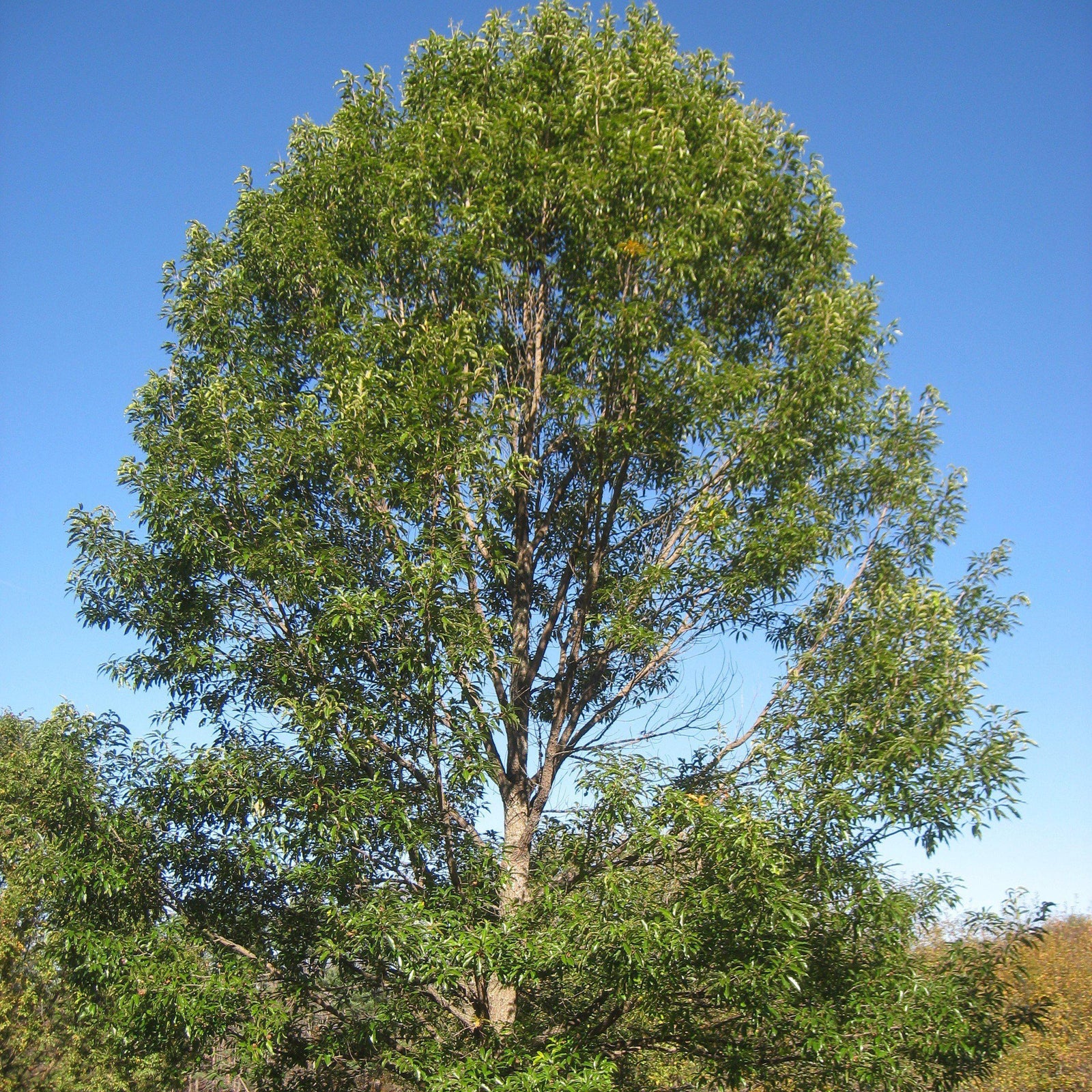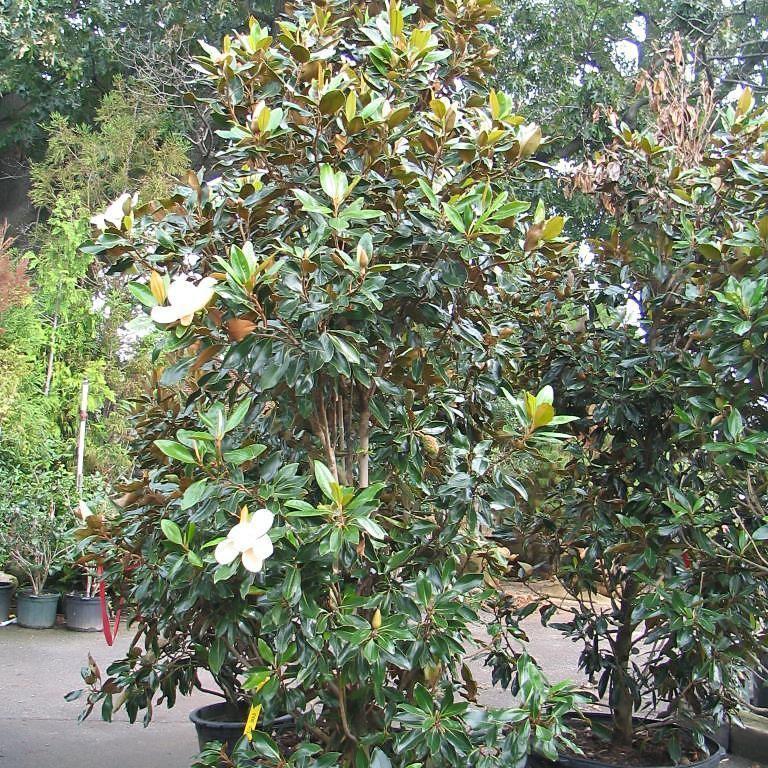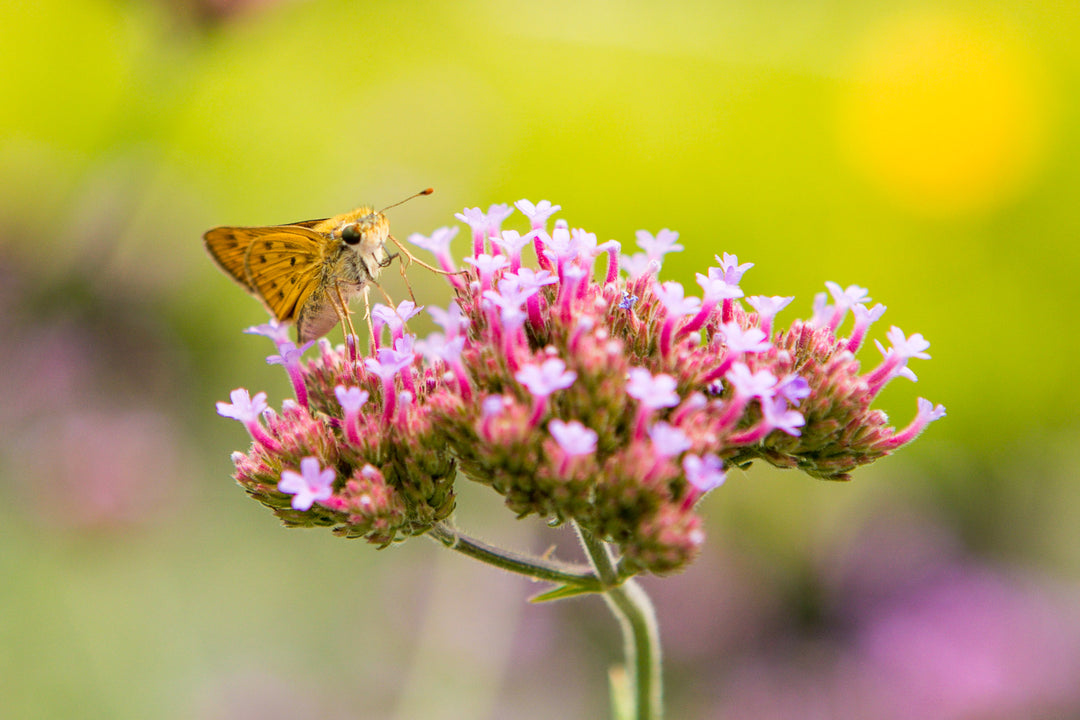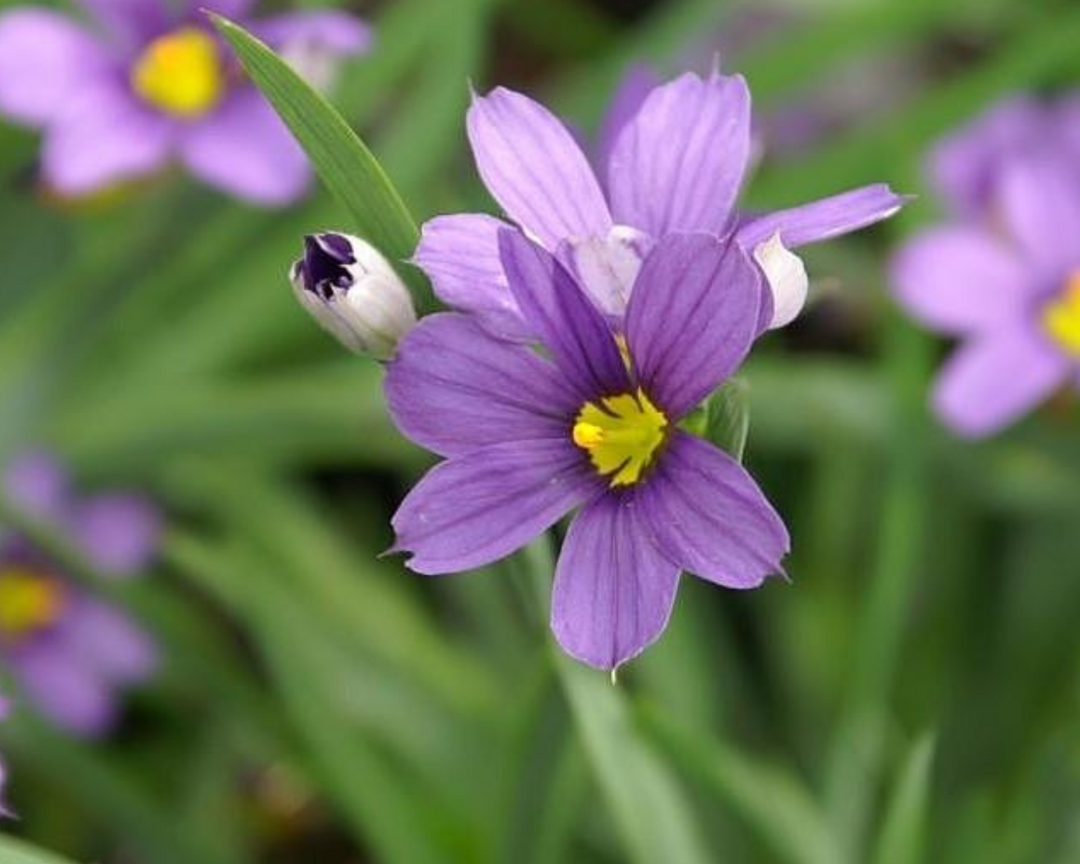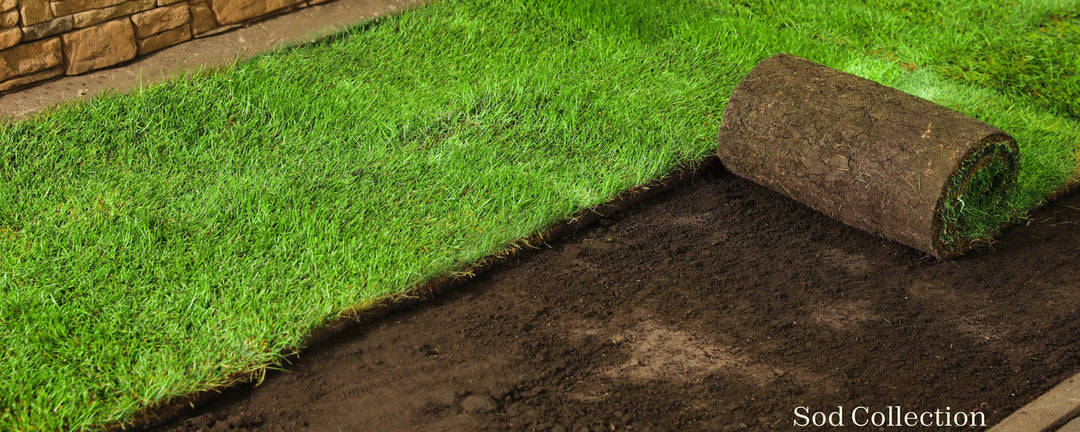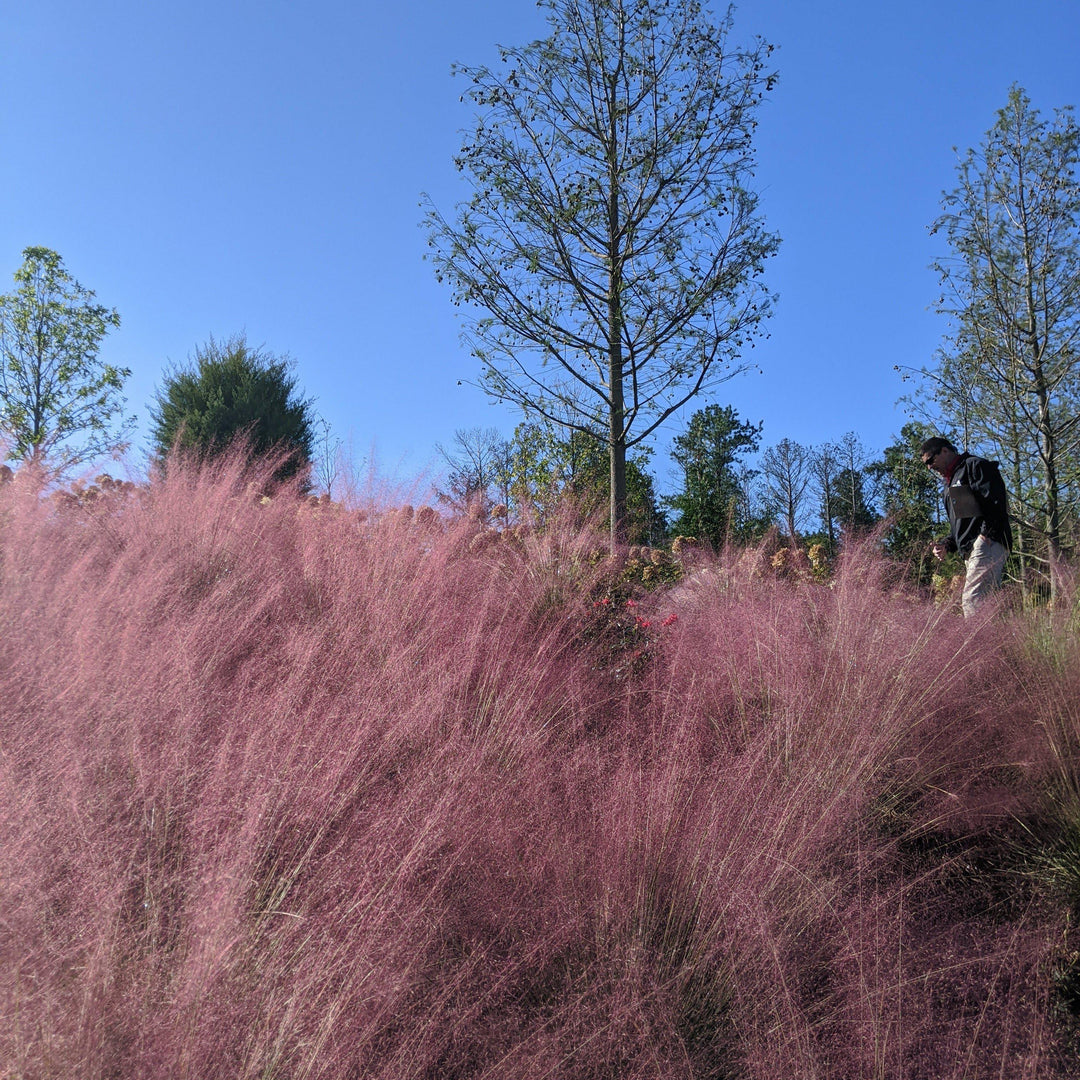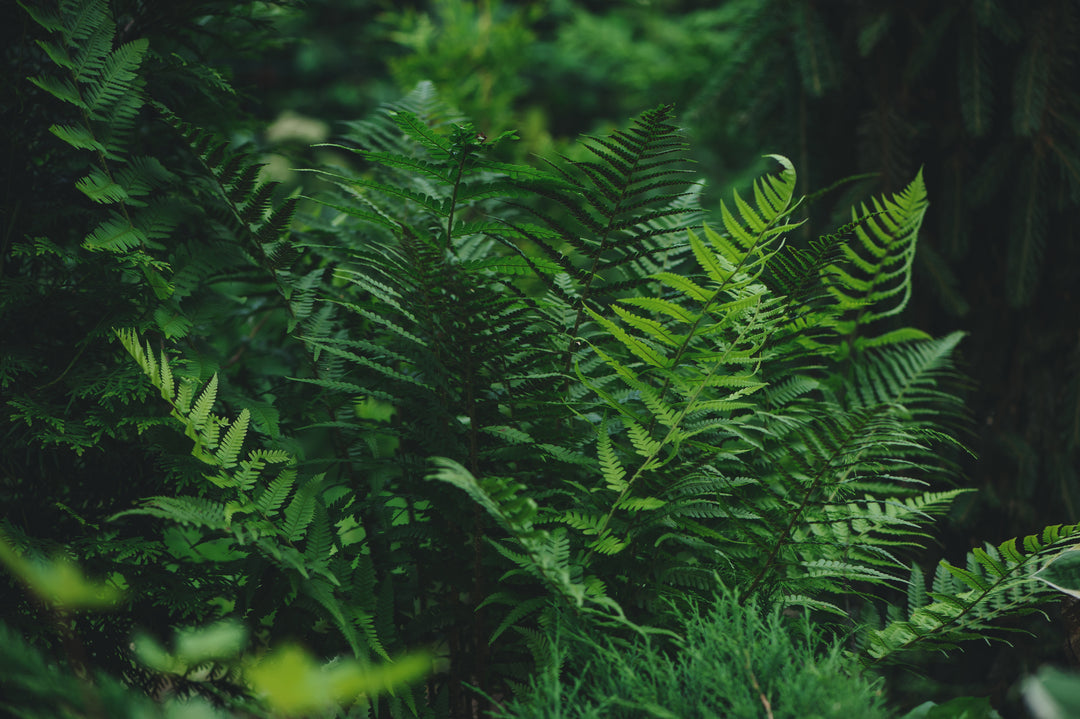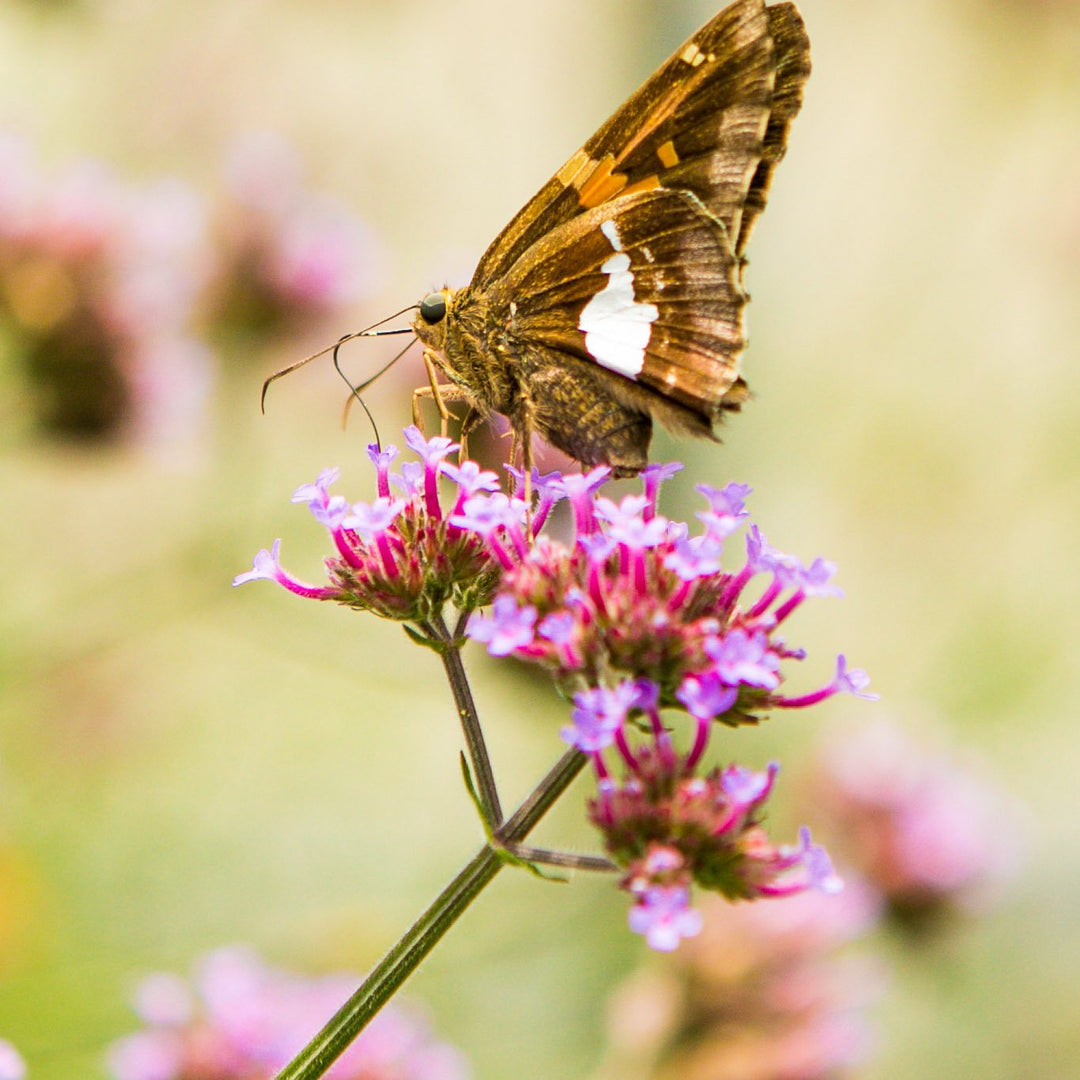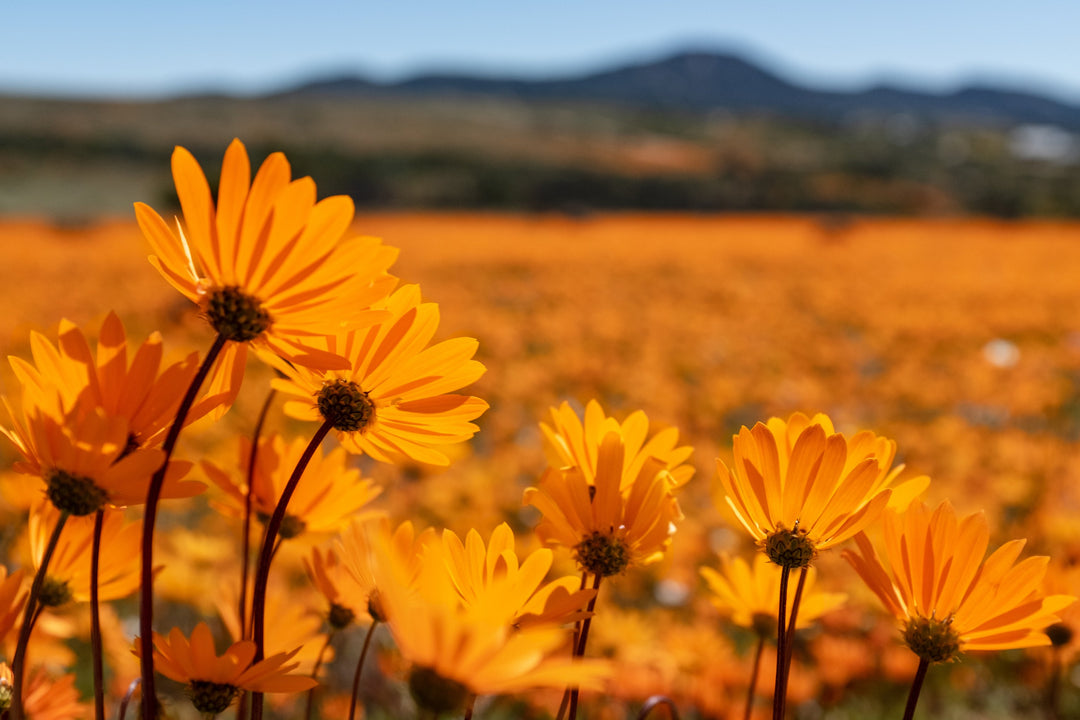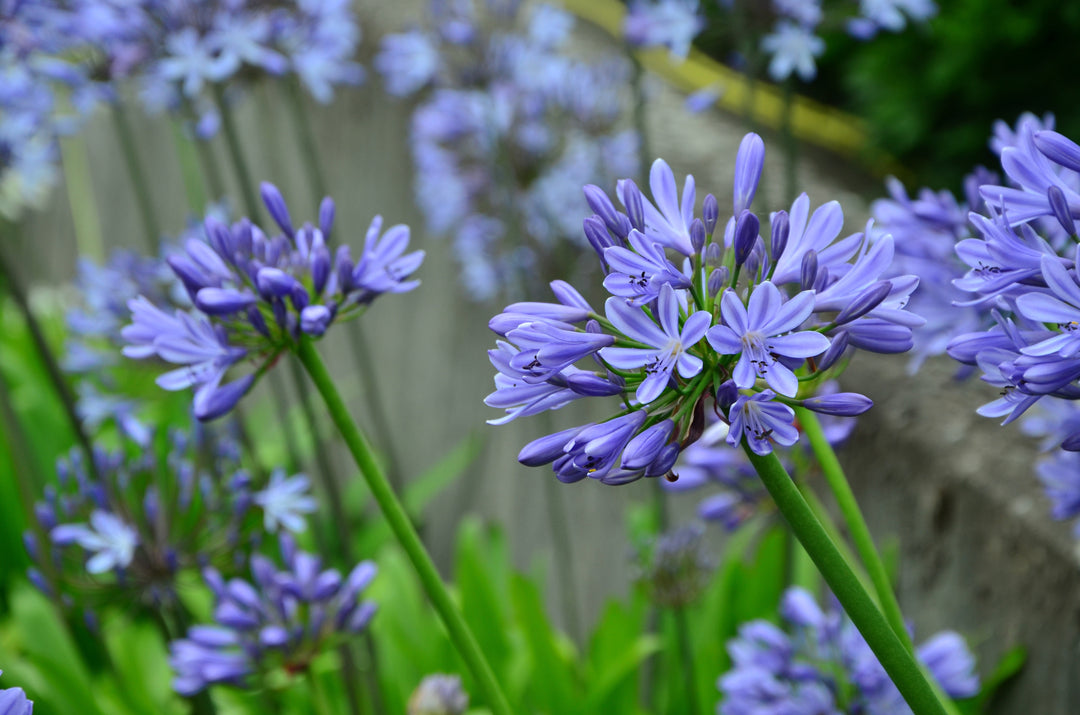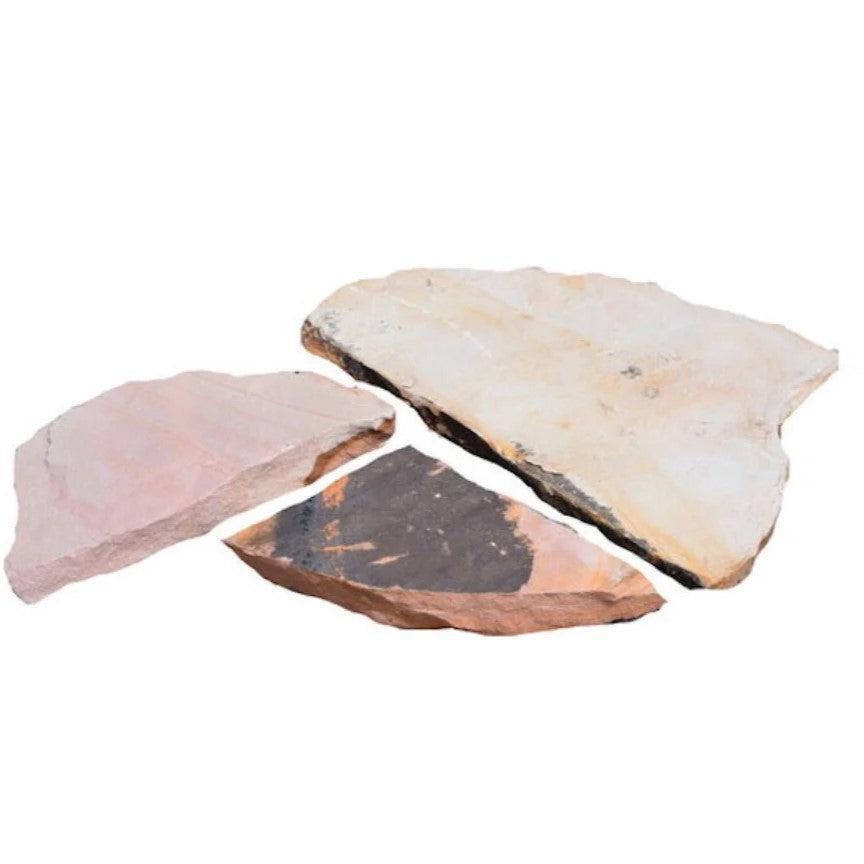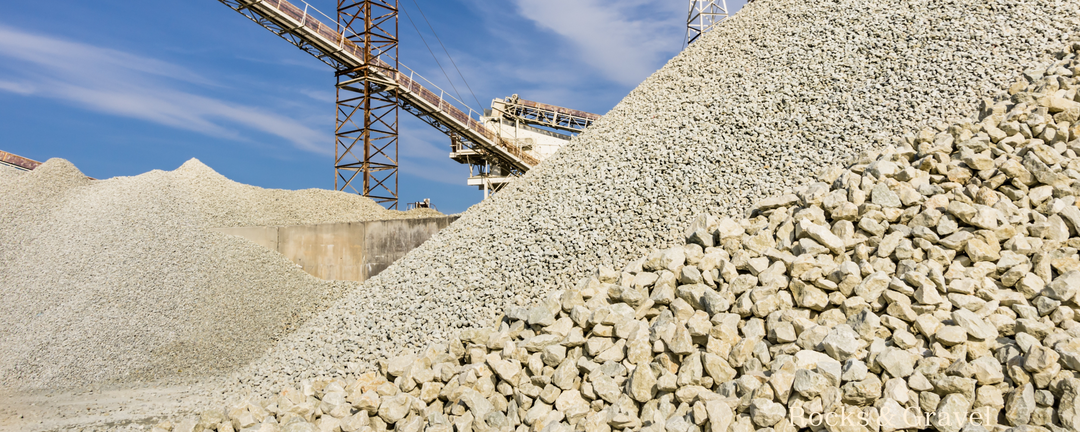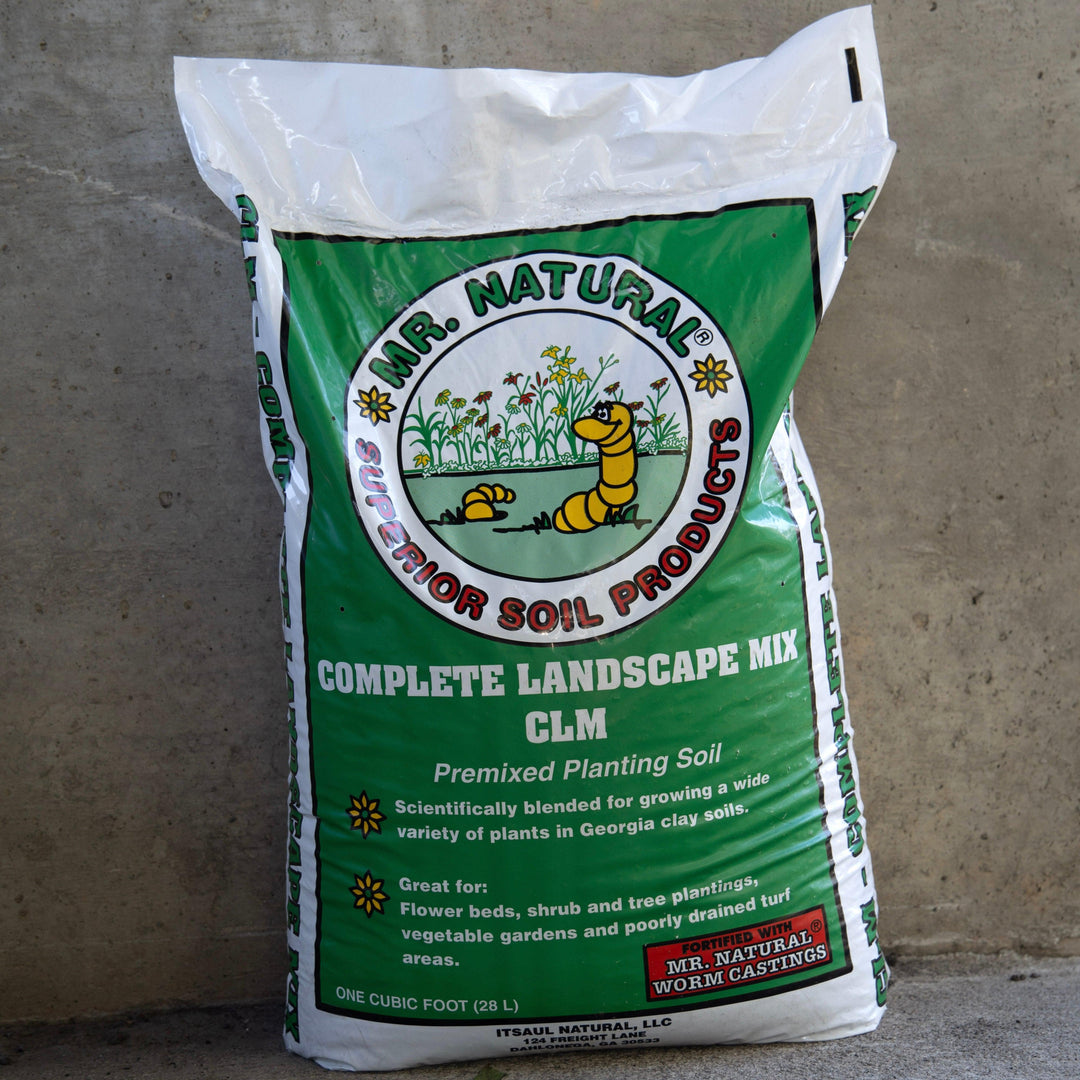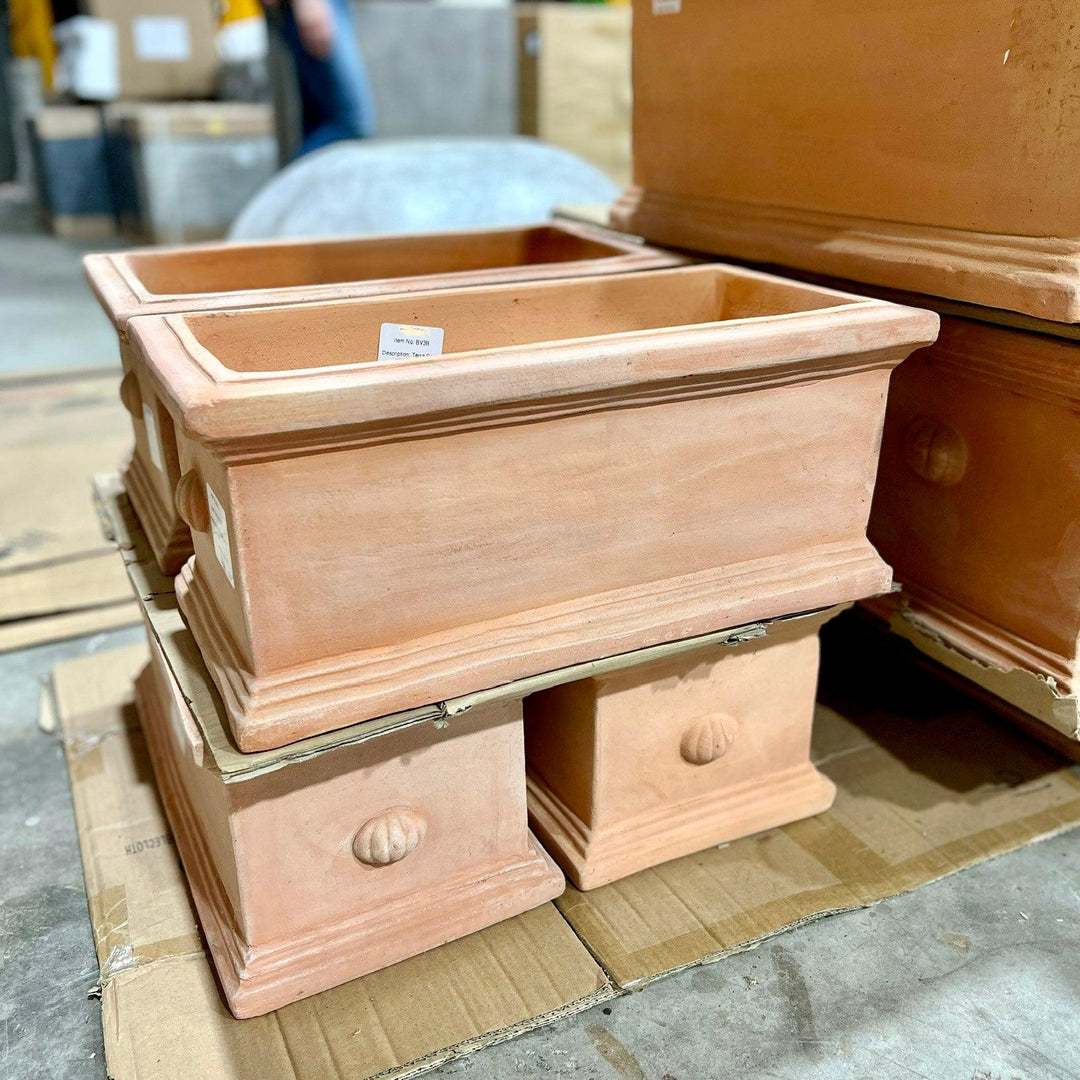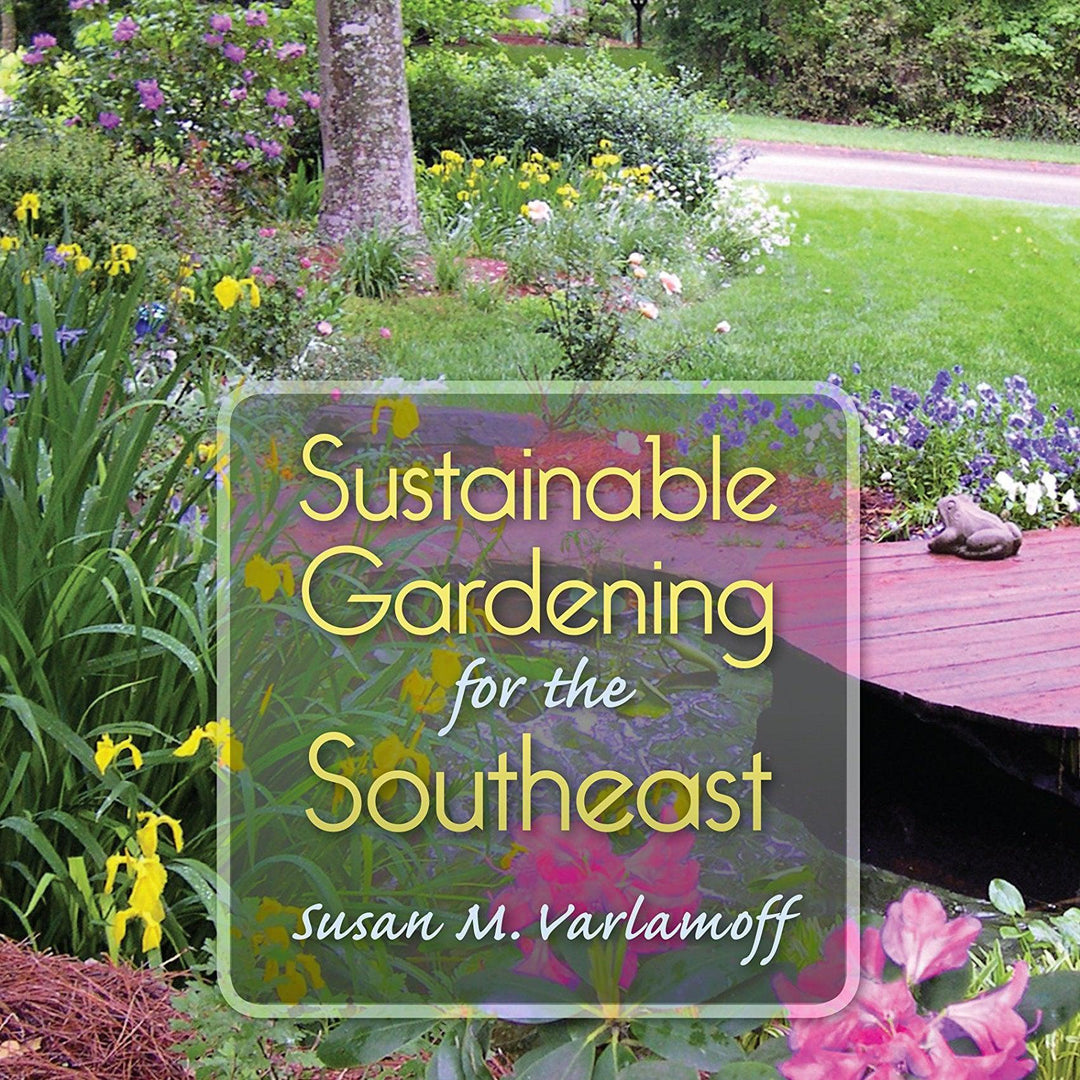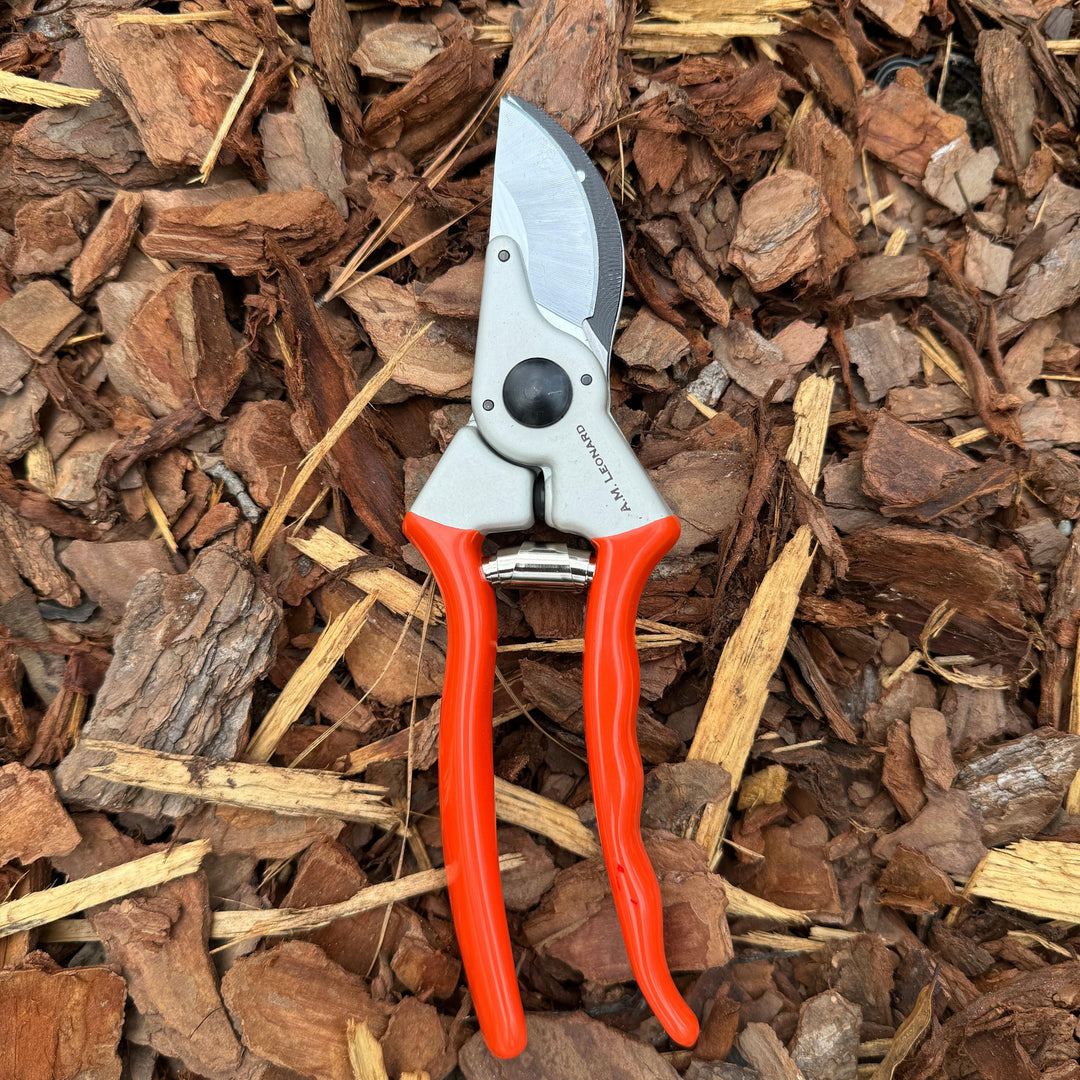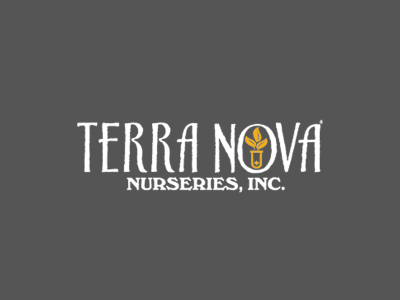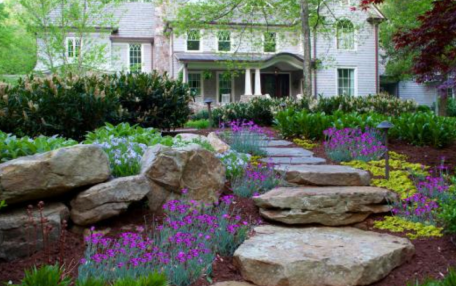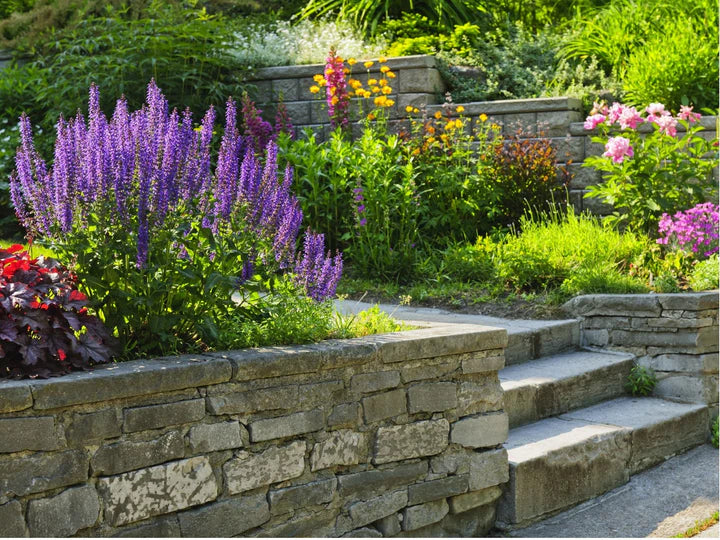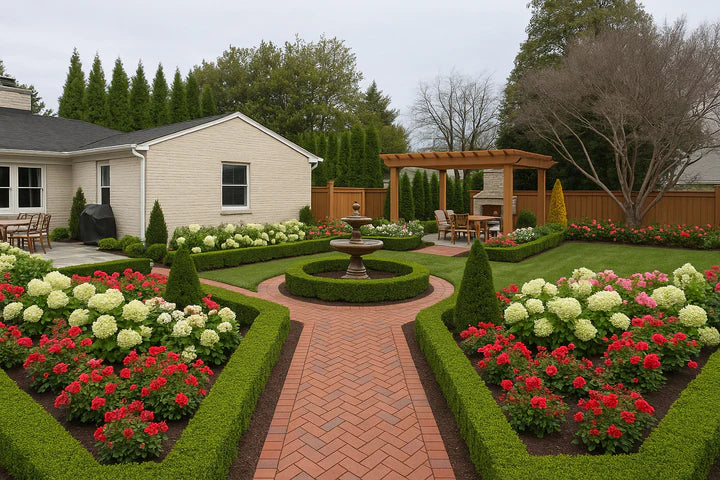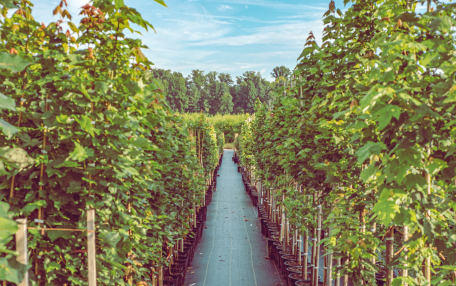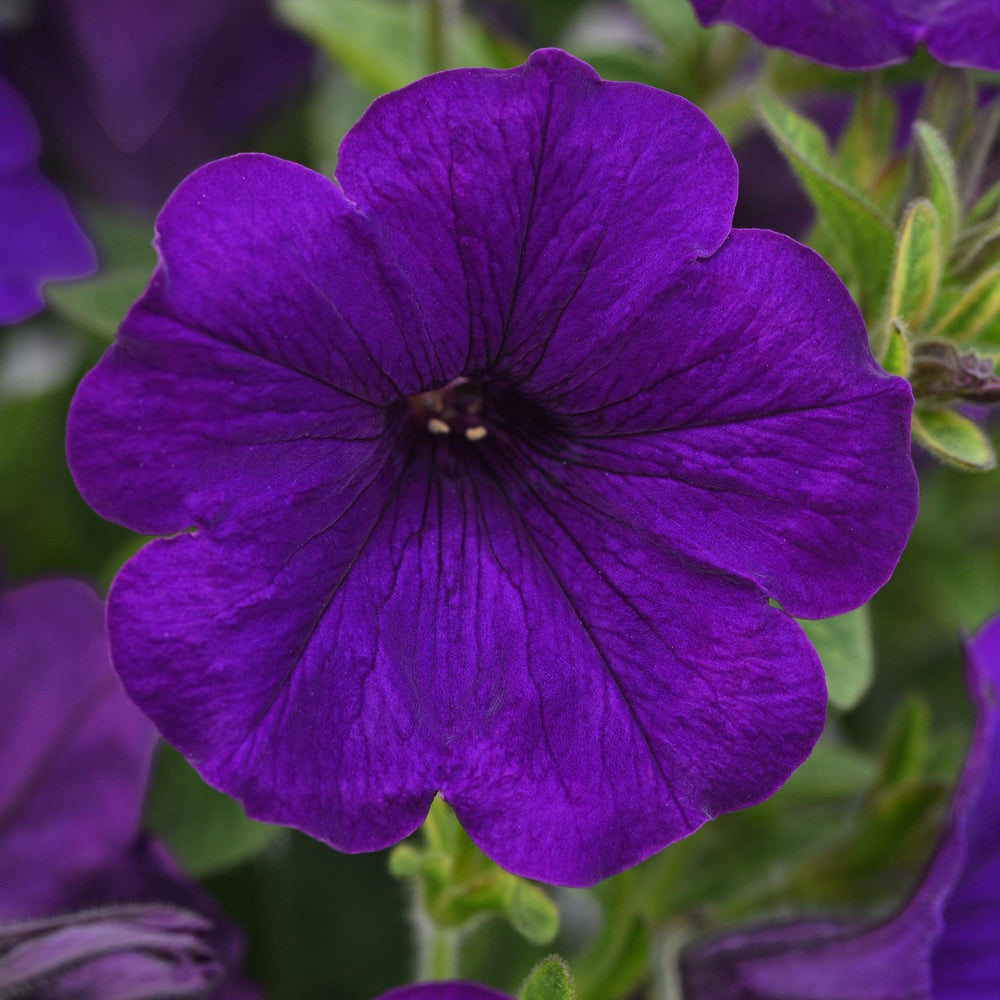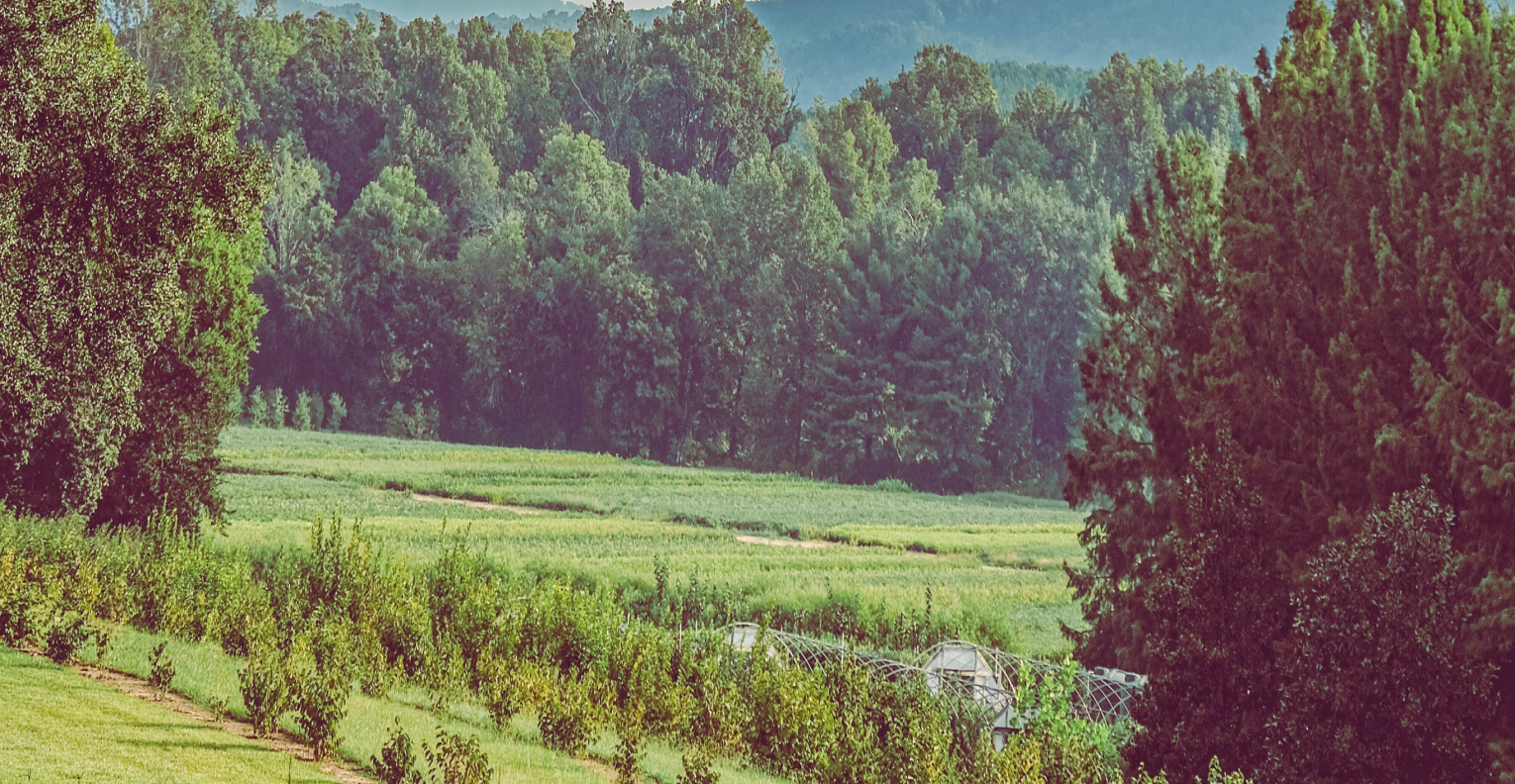-
The Sawtooth Oak is a medium to large-sized tree that can reach heights of 40 to 60 feet (12 to 18 meters) with a spread of 40 to 60 feet (12 to 18 meters). It has a rounded crown and distinctive leaves with serrated edges, resembling saw teeth. The leaves are dark green and turn yellow-brown in the fall.
-
Growing Conditions: Sawtooth Oaks thrive in full sun and can tolerate a wide range of soil types, including sandy, loamy, and clay soils. They are known for their adaptability to various growing conditions and can tolerate both wet and dry soils. They are hardy in USDA hardiness zones 5 to 9.
-
Maintenance: Once established, Sawtooth Oaks are relatively low-maintenance. They are drought-tolerant and require minimal watering, except during prolonged dry periods. Pruning is generally not necessary, but you can remove any dead or damaged branches as needed. Mulching around the base of the tree helps retain moisture and suppress weeds.
|
Type: |
|
|
Origins: |
East Asia |
|
Height: |
40’ - 60’ |
|
Spread: |
40’ - 60’ |
|
Spacing: |
50’ |
|
USDA Hardiness Zone: |
6 - 9 |
|
Culture: |
|
|
Bloom Color: |
Green |
|
Season of Interest: |
MAINTENANCE NEEDS: Low Maintenance. Chlorosis is common in alkaline or neutral soils. Oaks are susceptible to a large number of diseases, including oak wilt, blight, root rot, anthracnose, oak leaf blister, cankers, leaf spots, and powdery mildew. Potential insect pests include scale, oak skeletonizer, leaf miner, galls, oak lace bugs, borers, caterpillars and nut weevils.
LANDSCAPE USES: Accents or Group Plantings, Borders, Woodland Gardens, Naturalized Areas, Wildlife Gardens, Privacy Screen, and Shade Tree.
COMPANION PLANTS: Dianthus, Goji, Japanese Maple
IMAGE: Σ64, Quercus acutissima 02, CC BY 3.0


